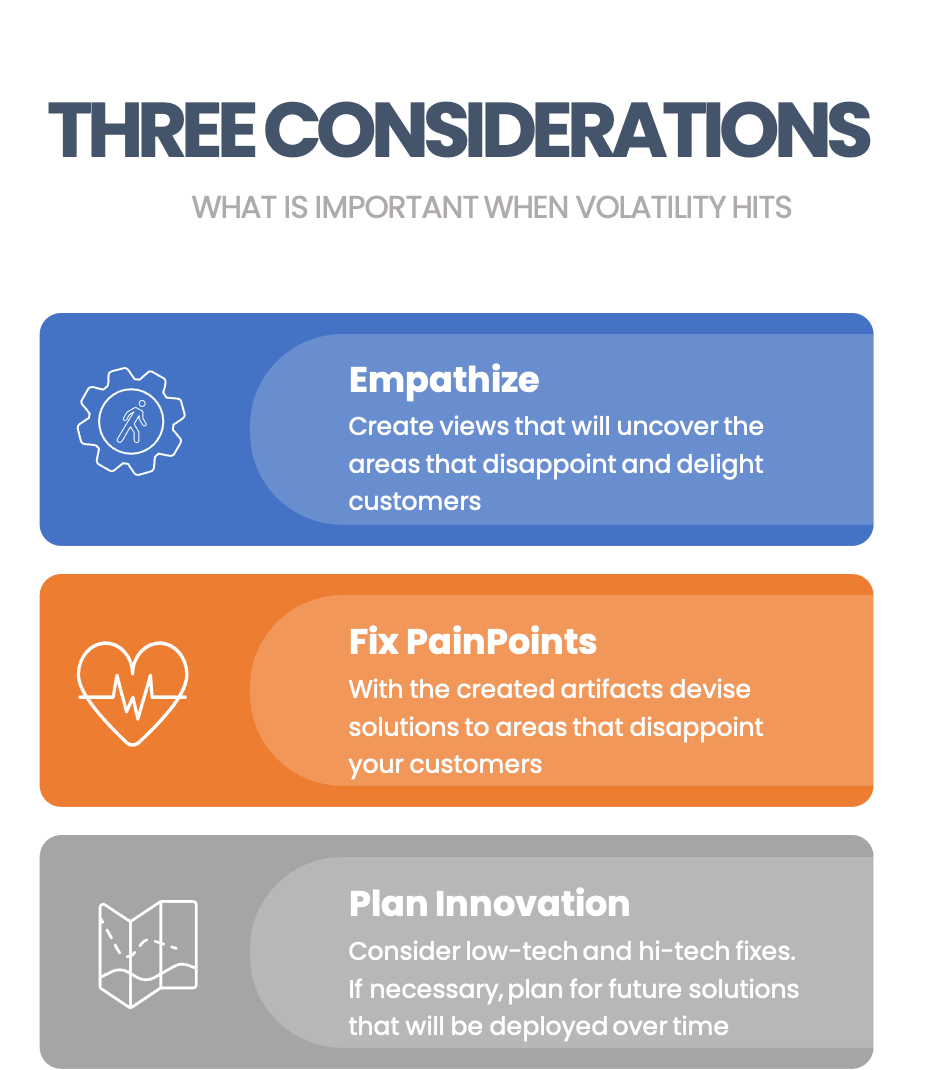Three Design Steps: CX and EA Can Work Together
- Curtis Lupton (ValueProve)
- Sep 19, 2024
- 3 min read
Updated: May 14
In my blog post titled "The Power of Organization : Why EA and CX are Connected," I delved into the interconnected relationship between EA and CX, emphasizing the essential analysis needed from both fields to foster innovation. This piece will provide guidance on initiating the integration of EA and CX by outlining a few straightforward approaches.
This will not be exhaustive, nor will this provide a tutorial for how to execute these disciplines. Rather this will start the conversation around areas that should be considered when starting or improving how CX and EA work together. The following are my observations and should be discussed in more detail to see if a different approach will work for your organization. Here are the design steps:
Capture the deliverables, work products, and analysis that each group does.

This will get the ball rolling. Have representatives from each group, CX and EA, come together and document the named items that need to be developed. More than likely these will be things like, Capability Maps, Journey Maps, Empathy Maps, Personas, Data Diagrams, Dependency Diagrams, Solution Architectures.
For this first activity, keep it simple. Use a color code or symbol to identify which group is responsible for developing this analysis. Don't go into the details yet.
More than likely it will not be self evident on how these items connect and where the connection between EA and CX lies. That's okay.
Identify the "Beneficiary" of each of the work products.

For the second step, create a a column next to each named item and establish the beneficiaries. Who benefits from the items captured in the first step? What is their role or even their name. Anyone can support this activity. If the CX representatives can identify a name/role, then capture it, and vice versa. If a beneficiary can not be established then it should be moved into a "Parking Lot" area and discussed later. This may be something that should not be done.
Define the product and the way in which success is measured

This is where the magic happens. As a group define what the purpose of this work product is and the high level reason it is created. In a separate column, next to the product definition, capture how success is measured. This should be statements like "A decision on how to develop something is made", "A set of business options can be presented", "A new way to develop a capability is displayed".
More than likely, there will be some similar statements made for different products from the different teams. This will start to show where the various hand offs are between EA and CX. Understanding how different products use similar data, and solve the same problem, will pinpoint spots were these two two teams need to better work together. Having this functional assessment of the work done will identify where there can be an area to remove a silo and create a collaborative workspace.
Imagine a CX team providing a journey map that shows digital channels that customers or employees are struggling to use effectively. From there the EA team can create current state views and provide options for improvement. A new improved Customer Journey can be prototyped and, if approved, add to the enterprise architecture.
The next step will be to create new CX and EA solutions. There is not a one size fits all for this and this will require some deeper assessment into your organization. In a future article I'll propose some solution ideas to help get the ball rolling and present a few final views of how work products can be organized using the steps outlined above.



Comments